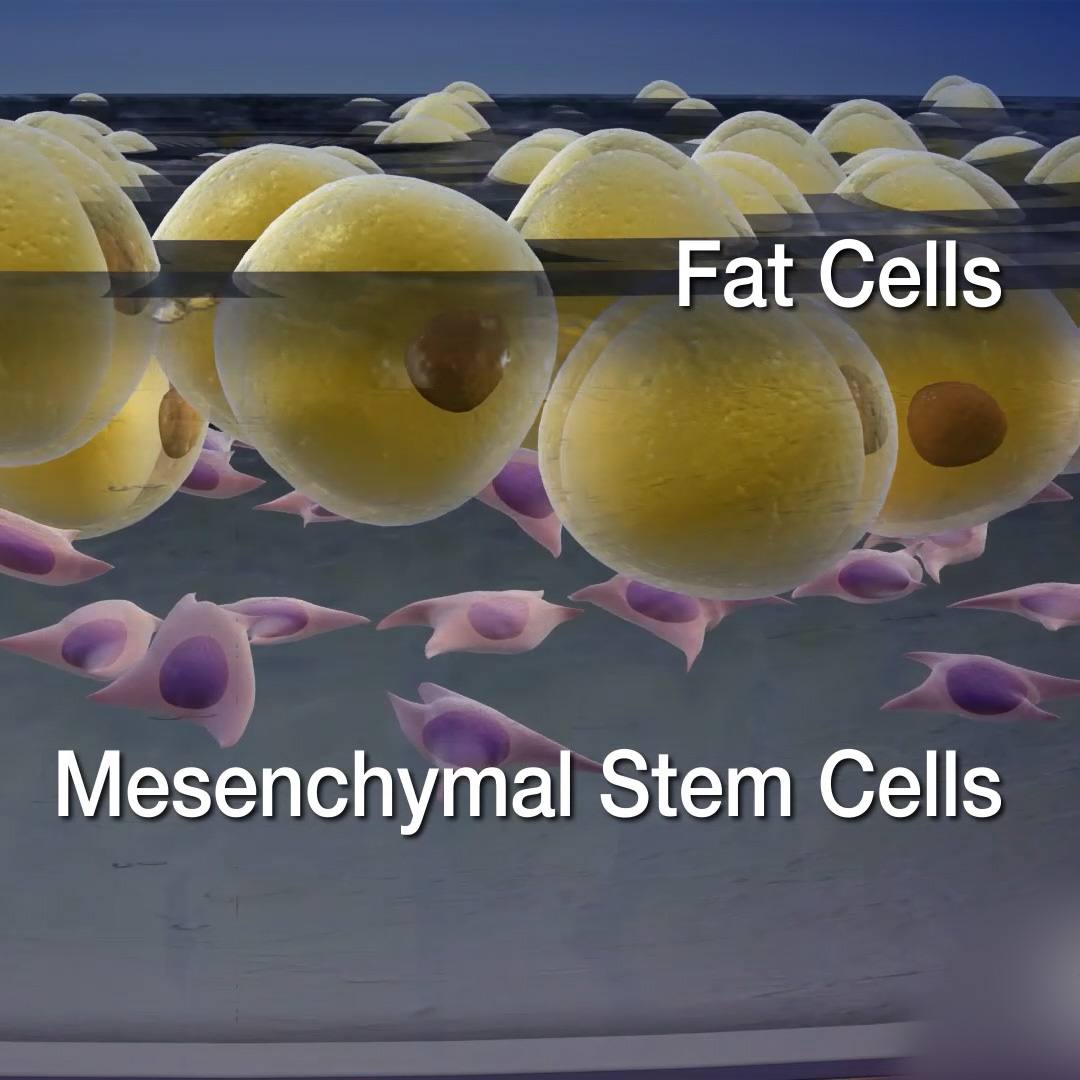
In an awake mouse, during normal activity in the brain, calcium activity in neurons (left side) spikes much more often than calcium signaling in microglia (right). This led to the idea that microglia rarely use calcium signaling, which Mayo researchers have shown is untrue.
But you can see why previous researchers thought that – the spikes on the right (microglial calcium signals) are much smaller than those of neurons on the left. This clarified finding was possible due to a more sensitive calcium indicator that was genetically expressed in microglia. This allowed the researchers to observe microglial calcium activity in awake mouse brain using two-photon microscope, not just snapshots as with traditional imaging of fixed tissue. Mice recovered after this experiment and same groups of cells were reimaged later.
Calcium helps nerves and muscles “fire,” signaling cells to do something like contract a muscle or release a neurotransmitter in the brain. But in one type of brain cell, microglia, this calcium signaling seemed absent. Researchers have long wondered why microglia don’t seem to rely on calcium signaling and now, with a recent publication in the journal eLife, Mayo researchers can clarify based on an animal model: they do. Just not all the time.
The authors report that calcium signaling in microglia kicked into high-gear during times of high-activity, as with a seizure, or low-activity, such as during anesthesia or sleep. This finding may have implications for neurological disorders such as epilepsy, pain, autoimmune neurology and neurodegenerative diseases.
“In the basic science community, it is somewhat perplexing that microglia almost never demonstrate any calcium signaling, when this system is so vital in just about every other cell type in the brain,” explains Mayo neuroscientist Long-Jun Wu, Ph.D., senior author on the paper. “Our work suggests that calcium signaling in microglia isn’t so much dormant but is instead used in a fundamentally different manner than any other cell type, as a unique signature of brain-state changes.”
In combination with his lab and a team that included an expert in epilepsy, Gregory A. Worrell, M.D., Ph.D., the researchers started with the knowledge that seizures drive significant calcium elevation in neurons. Using a mouse model of seizures, during a prolonged seizure – one lasting more than 5 minutes or when seizures happen so fast that the person is unable to regain consciousness between them – they report that calcium signaling from microglia spike 10 times higher than the level prior to the seizure. This high level is maintained for days to weeks following the prolonged seizure, called status epilepticus. Similarly, the team reports that during low-levels of brain activity, as during anesthesia, high spikes of calcium activity are seen in microglia.
“The length and magnitude of these changes leads us to hypothesize that calcium can become an incredibly critical signal in these immune cells to sense the microenvironment and shift to a ‘reactive’ state in disease contexts,” says Dr. Wu. “Our initial findings suggest calcium signaling can give us a strong insight into normal and abnormal microglial function in real time.”

In next steps, the team will look for the mechanism that increases calcium during changes in brain activity. They intend to focus on animal models of brain disease to help pinpoint the timing and longevity of microglial dysfunction.
“We know microglia can be functionally hyperactive in a number of neurological disorders, such as epilepsy, pain, autoimmune neurology, and neurodegenerative diseases,” says Dr. Wu. “Understanding microglial calcium signaling may help us to block microglial activation associated with different disease contexts.”
In addition to Drs. Wu and Worrell, the other authors on the paper are first author Anthony Umpierre, Ph.D., Lauren Bystrom, Yanlu Ying, M.D., and Yong Liu, Ph.D. The first author, Dr. Umpierre, is a recipient of NIH Outstanding Scholars in Neuroscience and is supported by a National Institutes of Health F32 Postdoctoral Fellowship. This research was funded by a federal grant from the National Institutes of Health and by Mayo Clinic.
###
Related Articles







